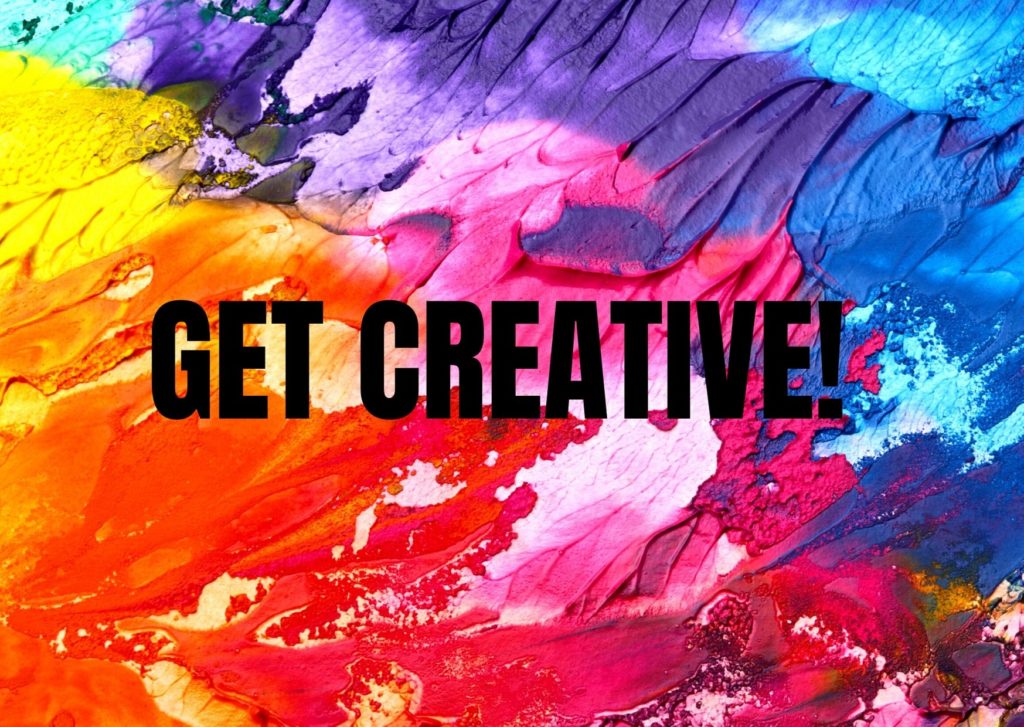
Getting creative helps the mind relax whilst also encouraging emotional expression and improving communication. Creativity allows the mind a break from the repetitive patterns and persistent habits of thought, which can provide a renewed sense of clarity. Creativity encourages us to look at things as they are, rather than through veils of subjective perception. Providing a refreshing perspective, creativity helps us transcend beyond the sufferings of our minds. Creativity centers us in the ‘lived now’ and invigorates us towards a balanced healthy mental state.
The psychoanalytic theory considers ‘creative expression’ to be a mature type of defense mechanism that allows for the release of negative, aggressive, and unhealthy libidinal energies. Also called ‘sublimation’, being creative helps one find expression for unconscious conflicts and repressed emotions, transforming them, and providing psychic integration and interpersonal acceptance, which raises awareness and provides the impetus for healthy change (Freud, 1930; Kramer, 2001).
Sublimation encourages and enhances ‘mentalization’, which is the cognitive process of reflecting on and making inferences about our mental states. This reflective function enables us to respond to other people’s behaviour based on the accuracy of our own inferences about their beliefs, feelings, intentions, and so on.
An example of this is how laughter can be infectious… We all know how funny it can be just listening to laughter, and even when we don’t know what the other person is laughing about, it makes us want to laugh ourselves. Our accuracy in understanding other people’s emotions is an acquired skill learned from childhood. From early on, we develop emotional intelligence through a process of making sense of our own emotions by making comparisons with others. This ability to take the perspective of others is a vital component of mentalizing (Bateman & Fonagy, 2004; Fonagy & Target, 1997).
Art is a non-confrontational medium that encourages reflection and understanding in a creative sphere where mentalization can take place. Through their art psychotherapy research, Franks and Whitaker (2007) realised how creative expression can be a conduit for mentalization by providing the necessary emotional space for reflection, and empowering the ‘artist’ to observe their sense of self as it emerges. This can allow the meaning and language of distress to be communicated through artistic expression (or sublimated, even if on an unconscious level), which can bring about healing and a sense of well-being.
But without getting intimidated by all the psycho-mumbo-jumbo, the message is clear:
‘Get creative!!’
Getting creative does not necessarily mean you need to adopt a whole new creative hobby, like painting, drawing, sculpting, or playing a musical instrument. You can also just get-creative-about-getting-creative. So why not take a little time each day to ‘be creative’? Experiment with cooking, sketch on a notepad, get busy in the garage, write a poem, work with your hands, or simply just dance to your favourite music.
written by Neil Clayton, Clinical psychologist
